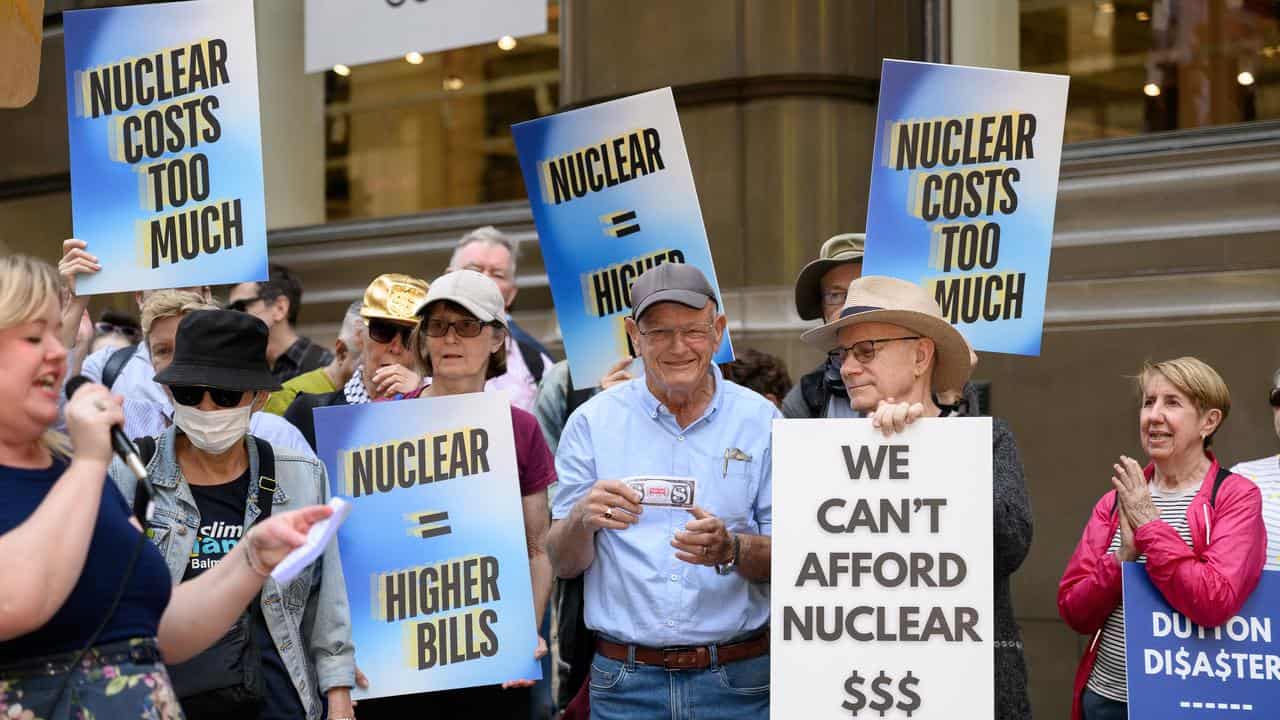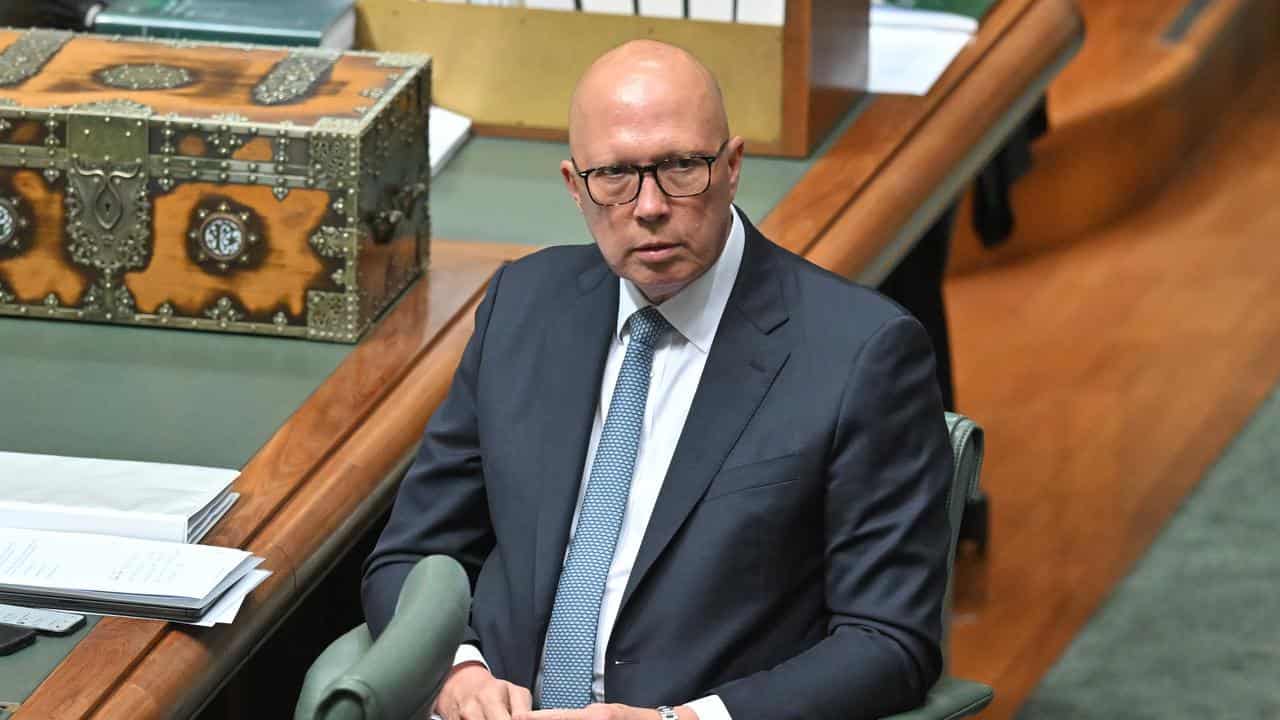
Handling and storing nuclear waste could add significant costs to Australia’s future energy bills, an inquiry has heard, with Canada set to spend $26 billion to safely store depleted fuel from its reactors.
The cost and time to build nuclear power plants in Australia also remained a mystery, two academics told the Nuclear Power Generation inquiry on Thursday, including the demands of small modular reactors proposed for two states.
The testimony comes on the third hearing of the nuclear energy inquiry, created in October after federal Liberal leader Peter Dutton announced plans to establish nuclear power plants in seven Australian locations after the next election.
But the details of an Australian switch from a renewable energy future to one powered by nuclear plants remain unclear, with the inquiry set to probe financial, technical, legal and environmental impacts of a change.

York University environmental studies Professor Mark Winfield told MPs the Canadian experience had been a troubling and expensive one, with its seven nuclear plants now reduced to four in operation.
Canada also faced a bill of $26 billion to handle, move and safely store wasted nuclear fuel, he said, of which the country had three million bundles and produced between 85,000 and 90,000 each year.
The bundles, he said, were about the size of a small log.
“It’s physically hot when it comes to the reactor, it's also highly radioactive when it comes out of the reactor, the swimming pools are supposed to be for the first 50 years or so, while it cools down a bit,” Prof Winfield told the committee.
“The nuclear waste management organisations planning assumption then is that long-term management or disposal would need to occur on a time frame of a million years.”
Questions also remained about the price of new-build nuclear plants, the inquiry heard, and Princeton University senior research scientist Dr Chris Greig said naming a price for small modular reactors was a tricky challenge.
Small modular reactors have been tipped for sites in South Australia and West Australia under the coalition’s proposal, with 2035 as a potential start date.
“The people who are ordering them right now, Dow being one of them and Google and Microsoft and OpenAI and Meta, they don’t know what the cost is going to be yet,” he said.
“They have targets but, frankly, none of us have any confidence in those targets.”
The time it would take to build small reactors was also challenging to estimate, he said, with the most optimistic estimates seeing plants operating in the early 2030s.
Despite the unanswered questions, Dr Greig said federal and state governments should lift restrictions on nuclear power in Australia and let companies compete with whatever electricity generation made commercial sense.
“It is a clean, firm, generation technology and safe, and I see no credible reasons why it should not be allowed to compete,” he said.
“I have no idea whether it would compete, whether you would find financiers to invest, how much they would cost, and how long they would take.”
The nuclear power inquiry is expected to issue recommendations by April next year.









